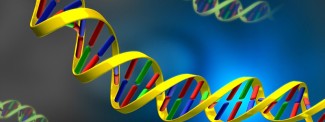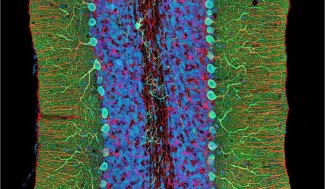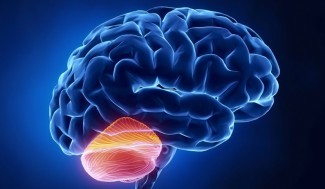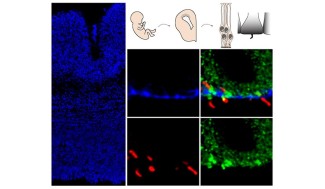Ataxia is a rare neurological disease that affects the coordination of movement. They originate in a malfunction of the cerebellum, a key area of the brain at the base and back of the skull. Responsible for the coordination, balance and precision of gestures, the cerebellum plays a fundamental role in our ability to perform voluntary movements. When this area is damaged or altered, a highly characteristic set of symptoms develops, called cerebellar syndrome.
What is cerebellar ataxia?
Cerebellar ataxia manifests itself in a global disturbance of voluntary movements. This means that the simplest everyday actions of walking, talking and grasping become awkward, unstable or imprecise.
Disorders vary depending on the area of the body:
- In the lower limbs, people have difficulty standing or walking. Walking becomes unstable, often enlarged, as if the patient were trying to regain his balance by spreading his feet apart.
- At arm level, gestures become less precise and less fluid.
- Speech can become explosive, hackneyed, difficult to understand — a typical sign of cerebellar syndrome.
- Other functions are also affected, such as swallowing or eye movements, which the physician may observe during the clinical examination.
These symptoms are the direct result of the cerebellum, an organ that specializes in fine coordination and permanent adjustment of our movements.
What causes ataxia?
The causes of ataxia are many and varied. There are three main types:
Acute causes
They occur abruptly, often as a result of a vascular or traumatic event. This is the case, for example, in a cerebellar haemorrhage, which causes a sudden attack on the cerebellum with immediate symptoms.
Rapidly Progressive Causes
Here, symptoms begin over a few weeks or months. A cerebellum tumour may be responsible, progressively disrupting the structure and function of this area of the brain.
Chronic causes
These are the most complex forms. They settle slowly and may have:
- a genetic origin, as in Friedreich’s ataxia,
- or are related to developmental disorders, present from birth (called congenital ataxia).
These progressive diseases can remain for a long time without a cure, which makes their management particularly difficult.
How to diagnose ataxia?
Diagnosis is based on observation of clinical symptoms — particularly disturbances of balance, walking, co-ordination, speech or swallowing. The doctor can also detect abnormalities in eye movements, reliable indicators of cerebellar dysfunction.
Brain imaging (such as MRI) and genetic testing may then be prescribed to identify the exact cause of the ataxia.
What treatments for ataxia?
Treatment depends primarily on the cause. In the case of a tumour or hematoma, surgical management may be considered to remove or drain the lesion.
But in many cases, including genetic or degenerative forms, there is still no cure. Management is then based on multidisciplinary support designed to slow the progress of the disease and improve the quality of life:
- Kinesiotherapy, to work balance and overall motor skills,
- Orthophonics, to improve speech and swallowing,
- Occupational therapy, to maintain autonomy in everyday activities.
Promising research advances
At the Brain Institute, researchers are actively working on the genetic forms of ataxia, which vary greatly in their manifestations and origins. The goal is twofold: to understand the cellular and molecular mechanisms that cause these diseases, and to develop new targeted treatments.
Progress has already been made. This is particularly the case for Friedreich’s ataxia, for which treatment is now available at an early stage. This drug, which is still being evaluated, is a major hope for patients and their families.
Ataxia: a major challenge for medical research
Ataxia is still largely unknown to the general public. Yet they affect thousands of people in France and around the world, often from childhood and adolescence. Their impact on daily life is considerable, and treatment is still too limited.
That’s why the work at the Brain Institute is so important. By identifying the precise causes of different forms of ataxia, researchers are paving the way for more effective, individualized, and patient-specific treatment approaches.
In the meantime, early diagnosis and multidisciplinary management remain the best weapons for limiting the development of these diseases and preserving, as far as possible, patients’ autonomy.
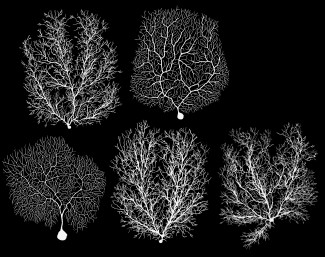
Ataxias
Ataxias (a term for a group of disorders, from the Greek ‘lack of order’), also known as cerebellar syndromes, are a group of neurodegenerative pathologies of the cerebellum and/or brain stem that present as a lack of voluntary coordination of muscle...
Read more


